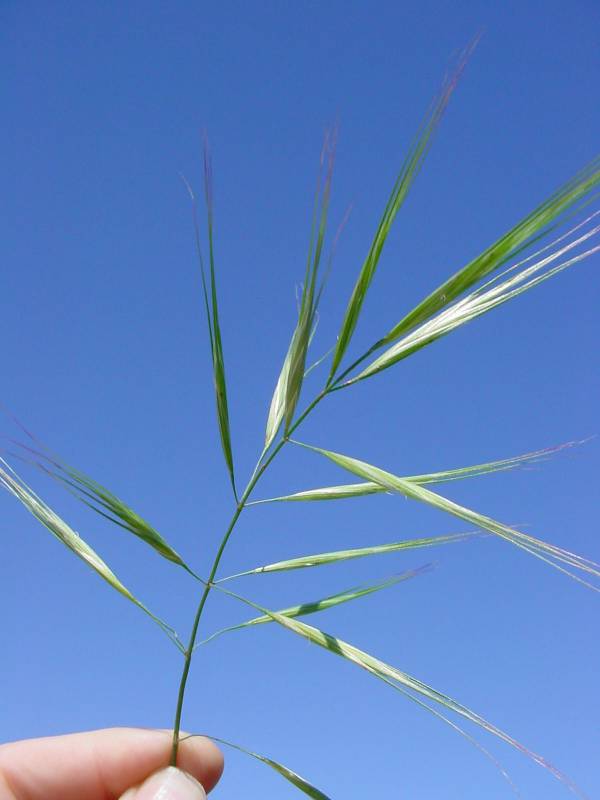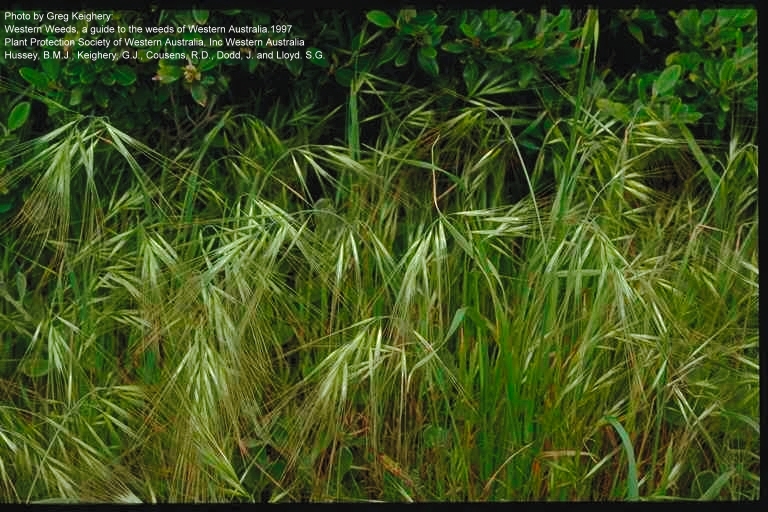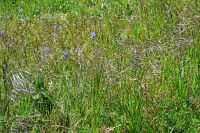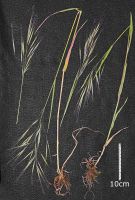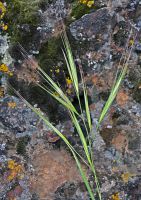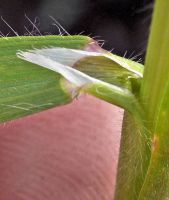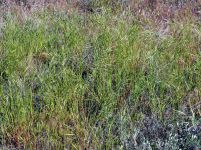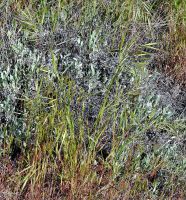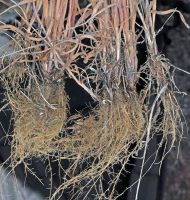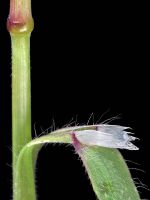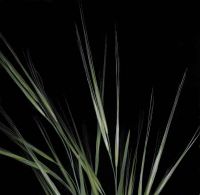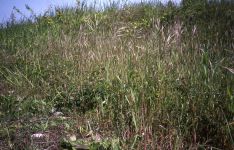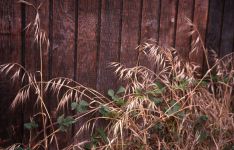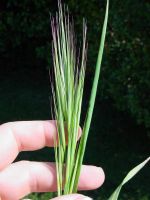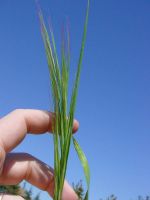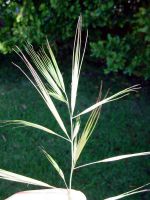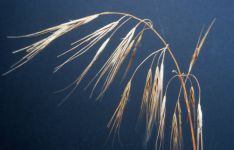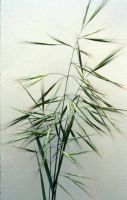Distribution: Occurring chiefly west of the Cascades crest in Washington; British Columbia to California, east to the Rocky Mountains, southern Great Plains, and in eastern North America.
Habitat: Grassy balds, prairies, roadsides, wastelots, and other disturbed open areas at low to moderate elevations.
Flowers: April-June
Origin: Introduced from Europe
Growth Duration: Annual
Conservation Status: Not of concern
Pollination: Wind
Annual, the culms 4-8 dm. tall, usually glabrous.
Leaf blades flat, 3-10 mm. wide; sheaths with soft, spreading hairs; ligules lacerate, 3-5 mm. long; auricles lacking.
Inflorescence a spreading to erect panicle 10-15 cm. long, the branches elongate, bearing only 1-2 spikelets; spikelets 5- to 7-flowered, 2.5-4 cm. long, broadest above mid-length; glumes glabrous, narrowly lanceolate, the first 1-nerved, 15-20 mm. long, the second 3-nerved, 25-33 mm. long; lemmas 25-30 mm. long, puberulent, the 2 teeth slender, 3-4 mm. long, the awn attached between the teeth 3.5-6 cm. long, straight; stamens 3.
Publication: Botanische Abhandlungen und Beobachtungen. 1787. 1787.
Bromus diandrus Roth ssp. rigidus (Roth) Laínz
Bromus maximus Desf.
Bromus rigidus Roth [HC]
PNW Herbaria: Specimen records of Bromus diandrus in the Consortium of Pacific Northwest Herbaria database
WA Flora Checklist: Bromus diandrus checklist entry
OregonFlora: Bromus diandrus information
E-Flora BC: Bromus diandrus atlas page
CalPhotos: Bromus diandrus photos

